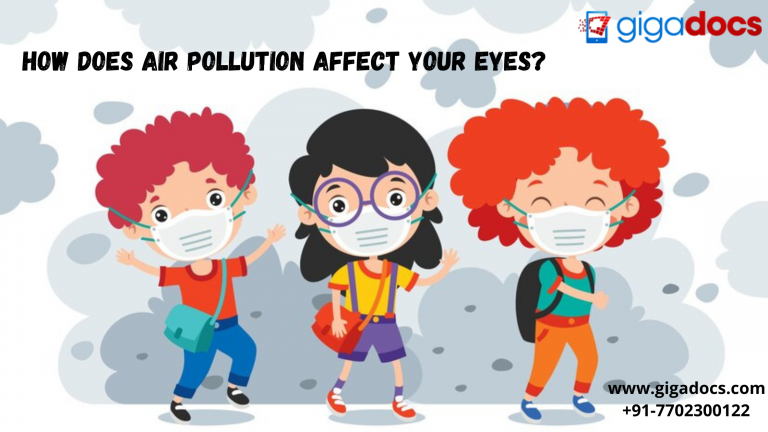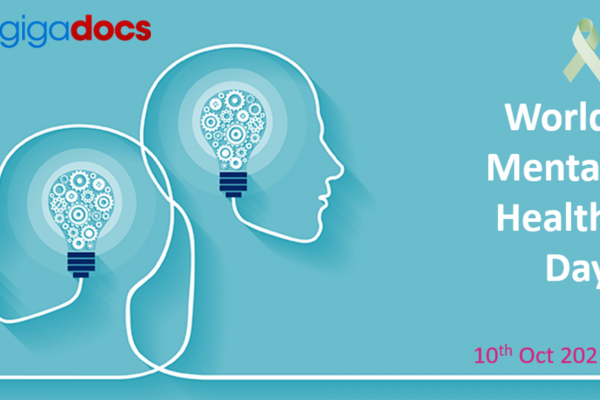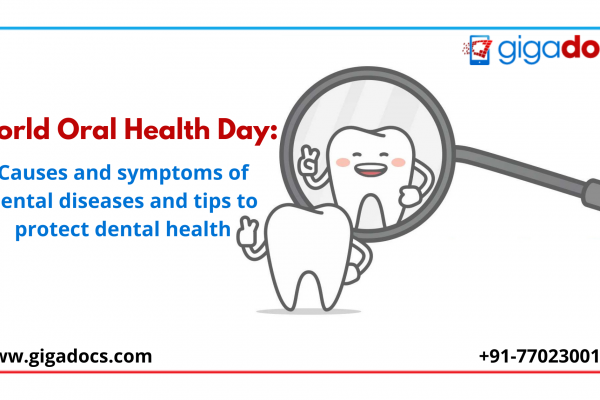When we speak of pollution, India is the third most polluted country in the world (*Source- World Population Review)
In our daily life, we are surrounded by a number of pollutants that irritate the eyes, skin, and lungs. The causes behind them are many, like toxic emissions from industry, emissions from vehicular traffic, and dependence on non-renewable sources of energy. In India, 132 cities recorded air pollution levels that were declared to be below national thresholds as of 2022. Before we continue, think about the following:
- Ninety-four percent live in places exceeding India’s national air quality threshold. 1.4 billion people reside in India in places where the average annual particle pollution level exceeds WHO guidelines.
- About 240+ million Indians residing in the north of India stand to lose a whopping eight years of their life if the pollutants level continues to remain the same.
- Lucknow, one of the main cities of North India, is home to 13 times higher pollution than the WHO recommendation. If this level does not subside, Lucknow residents are all set to lose 12.1 years of their life expectancy.
- Delhi, the capital of India, is likewise very polluted. If Delhi’s pollution levels were to drop to the WHO recommendation level, residents’ lifespans would be extended by 13 years.
It is well-known that air pollution has an impact on health. Besides affecting a person’s day-to-day work, air pollution even threatens human lives. Numerous illnesses and health issues are brought on by air pollution, including eye conditions, cancer, neurological conditions, respiratory problems, heart disease, and pulmonary issues.
Indians have seen air pollution as a health concern in recent years, and the government is starting to act. Air Pollution is bad for our eyes as it produces several ailments and disorders. Indoor pollution, caused mainly by car emissions and stubble burning, can result in several eye conditions, including cataracts, age-related macular degeneration (AMD), conjunctivitis, and glaucoma.
Let’s discuss smog, the most hazardous type of air pollution, and how it affects our eyes in this blog-
What is smog?
Smog is air pollution that develops when smoke and fog mix. Industrial emissions, forest, and agricultural fires, the burning of non-renewable sources of energy like coal, vehicle emissions, and photochemical reactions between other pollutants, including nitrogen oxides, sulfur oxides, ozone, and others, are the main contributors. The cases above are quite dangerous to the human eye. Have you ever wondered how your eyes are affected by prolonged exposure to such an environment?
Eyes and Air Pollution
The most fragile component of the eye is the cornea, which is also the region most vulnerable to environmental influences. The eyes are more susceptible to disease due to the thin precorneal tear layer, which defends the eyes against potentially harmful chemicals. Our Eyes are adversely affected by air pollution in many ways, including dry eyes, conjunctivitis, allergies, itching, redness, discharge, swelling of the eyelids, and blurred vision.
The eyes’ health is adversely affected by air pollution in many ways, including dry eyes, conjunctivitis, allergies, itching, redness, discharge, swelling of the eyelids, and blurred vision. Air pollutants like carbon dioxide, nitrogen oxide, and particle matter adversely affect human eyes, causing irritation and inflammation.
The negative impact of Smog on the eyes
The results can be pretty concerning when your eyes are exposed to toxic elements mixed with moisture from the fog. Smog can have the following impacts, discussed as follows:
- Itching and redness
- Moist eyes
- Wet eyes
- Sticky eyelids
- Mucus in and around the eyes
- Sensitivity to light
Smog Protection Tips for the Eyes
Long-term exposure to smog can occasionally cause the development of disorders like conjunctivitis, age-related macular degeneration, glaucoma, etc. As a result, when exposed to high pollution levels, one must protect their eyes from further harm.
Those living in heavily polluted cities must adhere to several lifestyle changes to reduce the symptoms of smog exposure. The following are a few of them:
How to take care of your Eyes?
- Staying inside on days when the air quality levels are low.
- Using eye drops to lubricate the eyes.
- Maintaining a balanced diet rich in eye-friendly foods, including papaya, almonds, and leafy greens.
- Wearing protective eyewear outside.
- Keeping hydrated promotes healthy tear production.
- Restricting the use of contact lenses.
- Refraining from touching the eyes.
- Immediately rinsing the eyes with cool water after coming from outside.
In case any form of irritation persists, visit an expert ophthalmologist on the Gigadocs app for an evaluation immediately.
One of the main problems our species is currently experiencing is climate change. One of the leading causes of climate change is pollution. We are on the verge of an environmental catastrophe due to 200 years of human activity. However, there are still steps we can take to lessen the harm. One such effort is lowering your carbon footprint. We examine what this entails and the options available to us.
Climate Change and how can we reduce our Carbon Footprint?
Let’s start by reviewing a definition of a carbon footprint. We hear this expression while discussing the environment and climate change. A carbon footprint measures the overall amount of greenhouse gasses that a person, group, or country has released into the atmosphere. The next question that arises is how you can reduce your carbon footprint.
There are numerous approaches to reduce your carbon footprint and benefit the environment. Small changes can add up, whether at home, at work, at school, or when you’re traveling. In short, you should use less energy, consume fewer animal products, purchase locally, travel wisely, and decrease your garbage to lessen your carbon footprint.
Eye Care with Gigadocs
Ascertain that you are taking active steps to minimize air pollution by using the bus, avoiding burning in your home, planting more trees, etc. It will protect you and your loved ones from damage and benefit the environment.
On that note, contact the best ophthalmologist near you through Gigadocs if you or someone you know has been experiencing eye irritation due to air pollution. We give you the highest-quality care you need. Download the Gigadocs app to schedule your appointments from-
- IOS App – apple.co/2W2iG4V
- Android App – bit.ly/33AQoRC
To know more e-mail, at info@gigadocs.com




